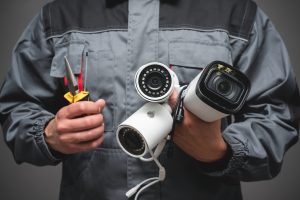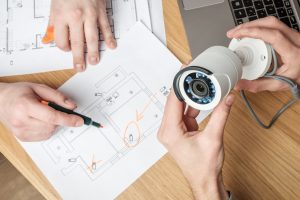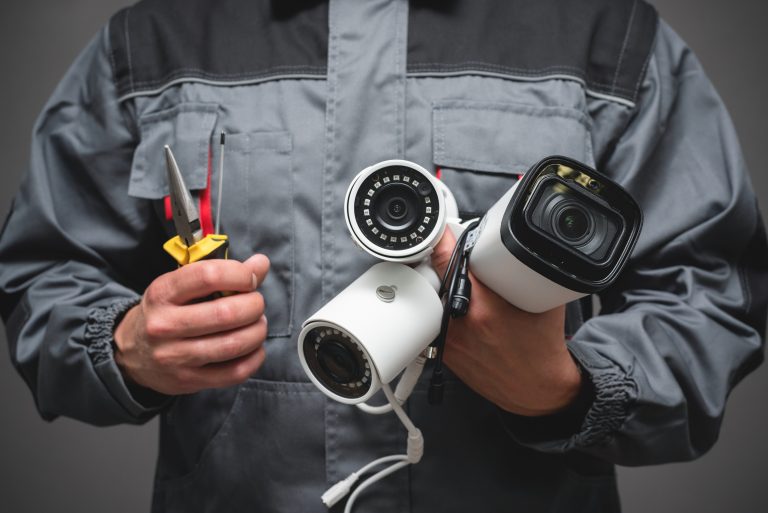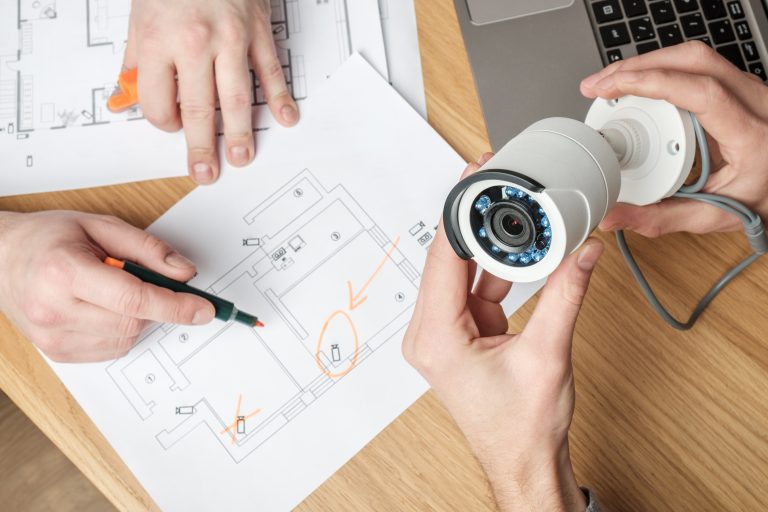In highly populated urban settings such as New York City, millions of people flow freely from place to place throughout the average day. However, as current events show, the freedom that makes a city great also creates safety challenges. Modern security concerns require a way for authorities to control the flow of people traffic. Whether as a device to count fares on the bus or to defend a hotel from terrorist attacks, turnstiles serve the purpose of controlling traffic to keep high-profile targets safe. In this way, turnstiles help to answer the age-old dilemma, how can citizens be granted freedom of movement without sacrificing the security of a location?
As a form of access control, turnstiles can be used either to enforce a traffic pattern or to restrict passage to people who insert the appropriate ticket or some other credential, such as a pass. In other words, turnstiles work to screen people for paid access, where they are sometimes called faregates, like in public transportation or pay toilets, and they work to restrict access to authorized people, such as in the lobby of a multinational corporation’s gleaming office building in the Big Apple.
The diversity of locations and security challenges in New York City makes turnstiles a popular and intelligent choice for front-line defense in access control. Only in a few places in the world can one find millions of people who travel mainly as pedestrians in settings as various as subway stations, professional sports stadiums, amusement parks, outdoor exhibitions, world-class museums, and famous department stores. Each of these locations and more benefits from the access control provided by turnstiles, which are commonly available in waist-height, optical and full-height variations.
Waist-height turnstiles, also called half-height turnstiles, are a fixed-arm style that remains the most popular today and historically. This turnstile is frequently used as a faregate in areas where access must be restricted to paid customers or credentialed ticket holders, such as on a public bus or at sporting and entertainment events. Some waist-height turnstiles are accompanied by a matching ticket box while others have a ticket box built in. Similarly, some of these turnstiles are designed to allow entry only after payment is inserted, whereas others allow access after reading an electronically valid barcode.
More and more, optical turnstiles are used an alternative to the fixed-arm style turnstiles. Building and event managers may wish to use optical turnstiles in locations where a more traditional turnstile would appear too bulky or unattractive for the scene. Recognized as less intrusive and sleeker to match the urban environment, optical turnstiles use an infrared beam to count people passing through the checkpoint and identify anyone attempting to enter with invalid credentials.
Full-height turnstiles, sometimes called high entrance/exit turnstiles, look and operate like a revolving door and reach more than seven feet in height. In contrast to the shorter waist-height turnstile, full-height turnstiles are used to prevent people from jumping over an entrance point, as sometimes happens when people try to avoid the fare on the subway. Full-height turnstiles offer superior access control in places without staff members where cheating and violations are more likely.
Turnstiles form a fundamental part of the access control plan in a crowded and diverse place such as New York City. The millions of people on the move and wide variety of settings makes it essential to control the flow of human traffic. By guiding crowds and restricting access to credentialed visitors, turnstiles help to keep the world’s great cities safe from contemporary dangers.






